Python for Kids
Blogs, articles, free Python projects and more for kids and teens learning to code with Python.
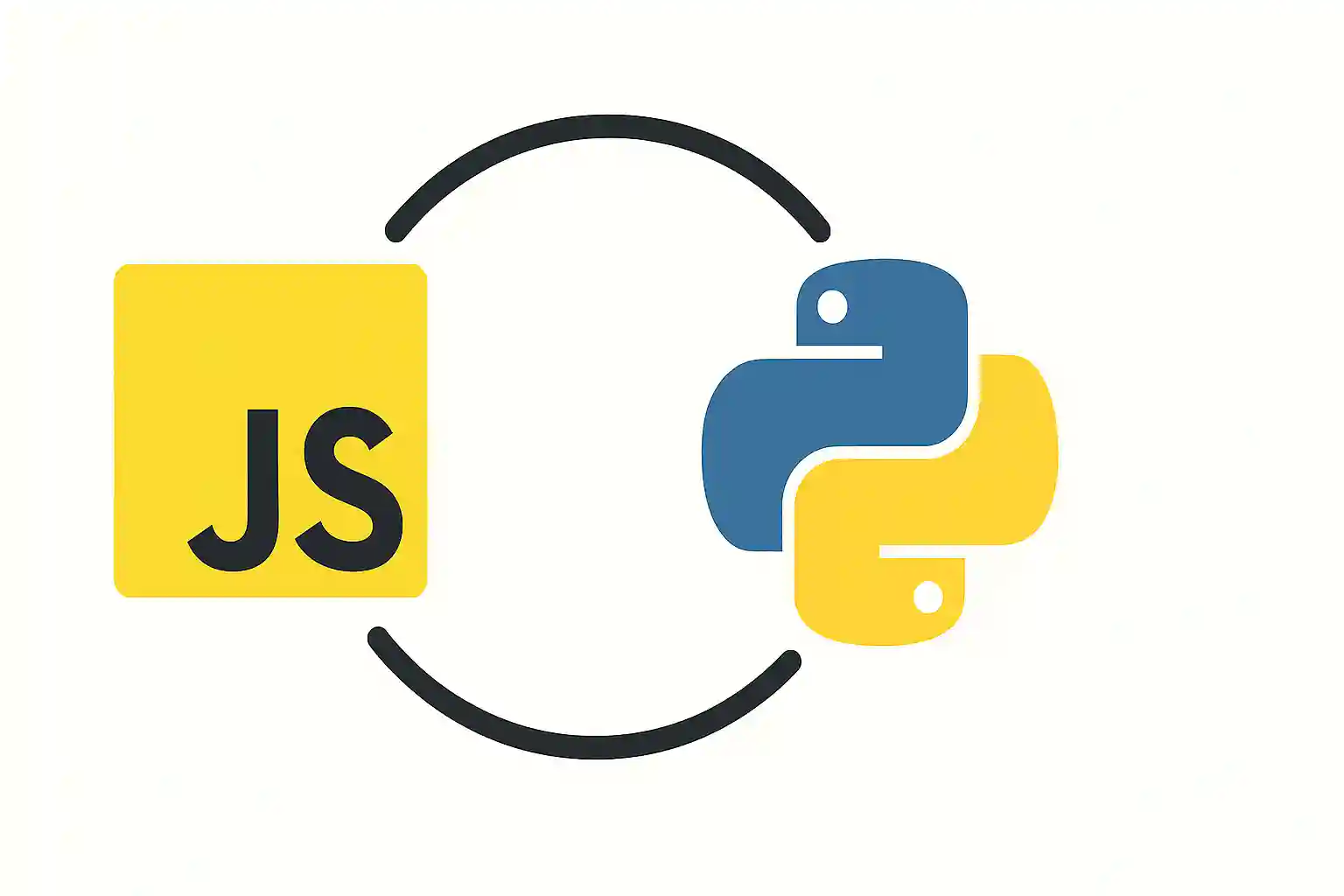
Should I learn Python or Javascript?
Discover the key features of both languages and how to choose the best programming path based on your interests and goals.
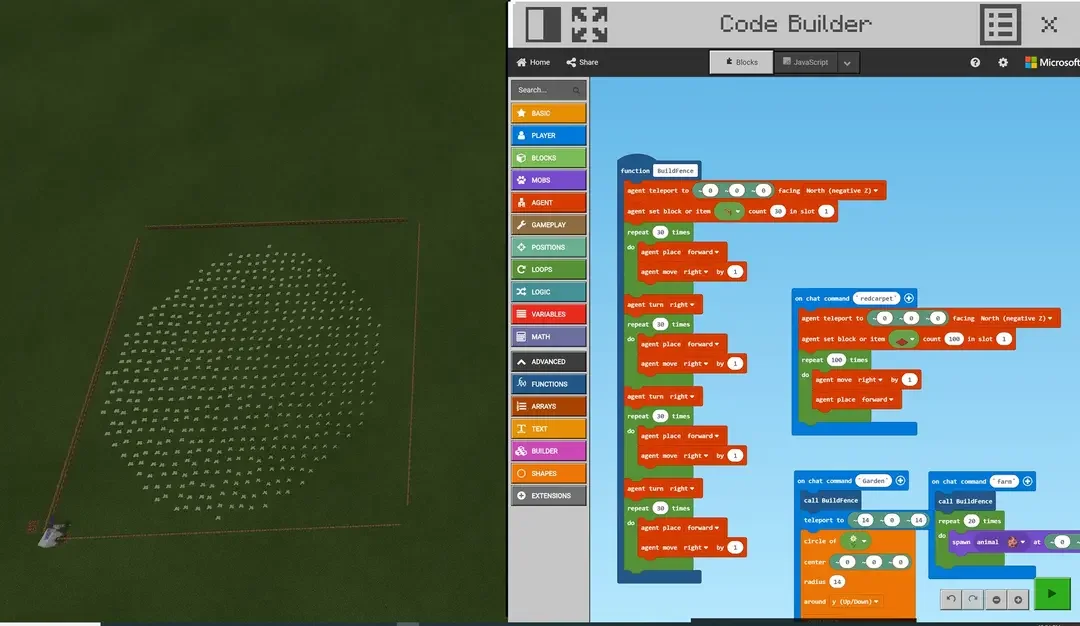
Top 10 Coding Games for Kids (2025)
Looking for the best ways to introduce your child to programming? Our 2025 guide to the top 10 coding games is out!
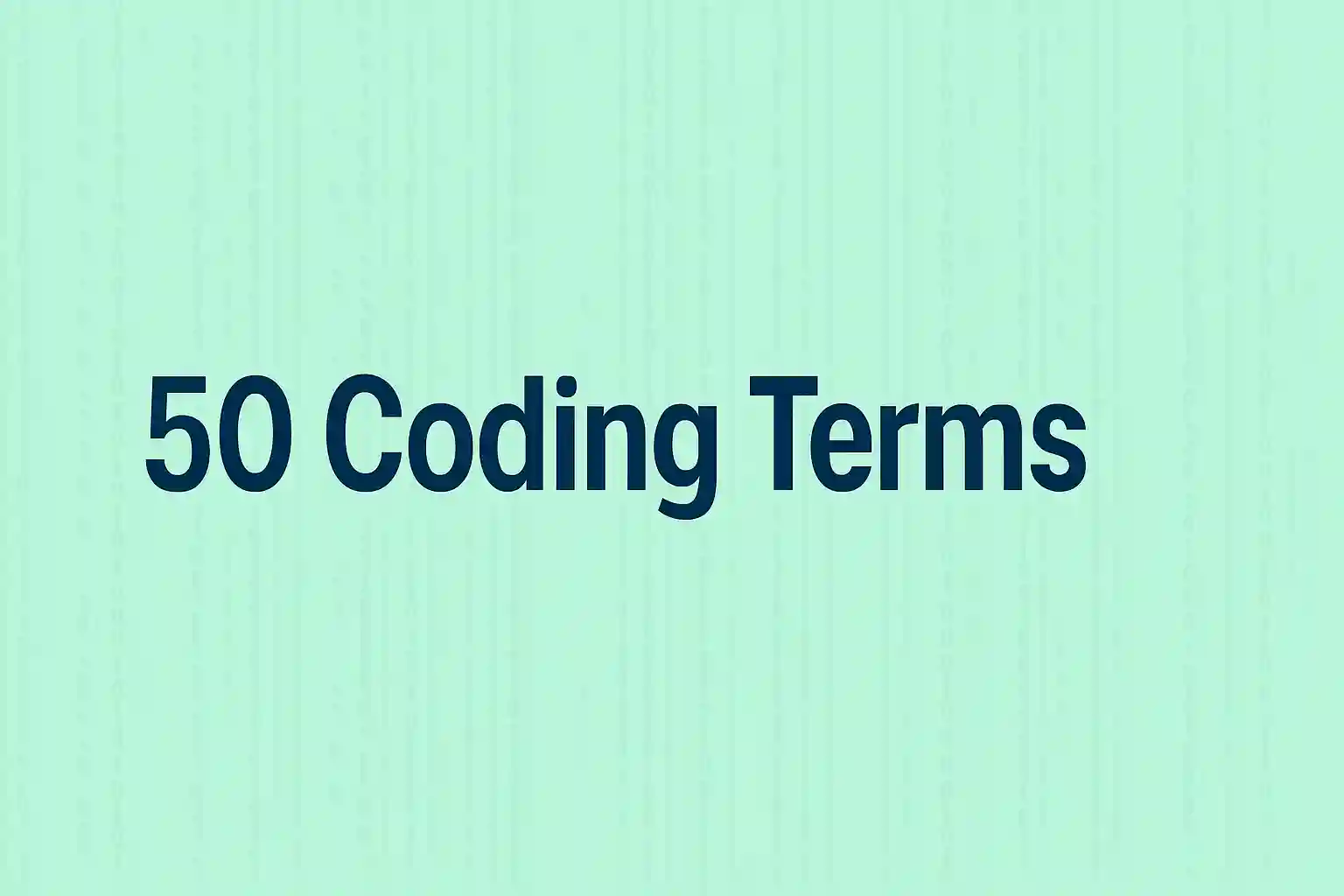
50 Coding Terms
A quick-read glossary that walks teens through the most common programming buzzwords—from Python and React to APIs and arrays—without the tech-speak overload!
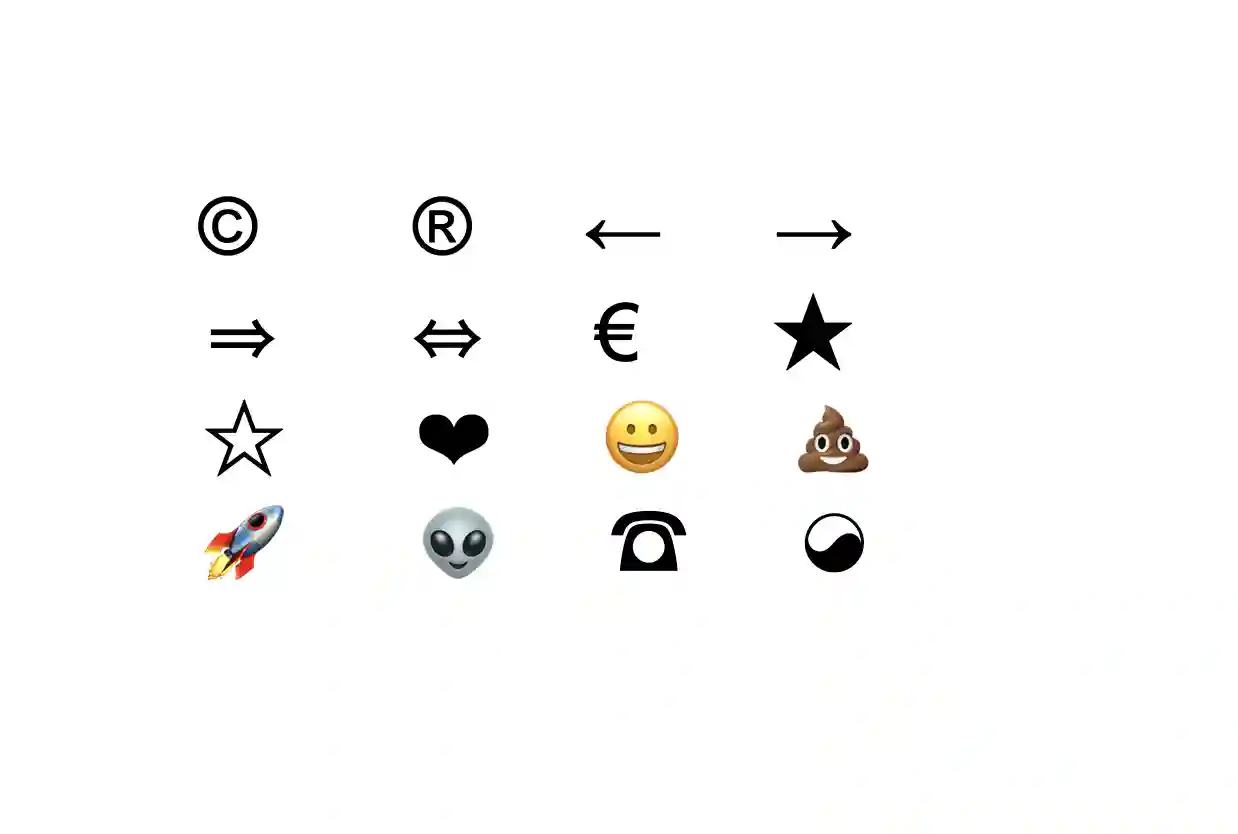
Python Escape Characters
Master Python escape characters to handle special characters in strings effortlessly!
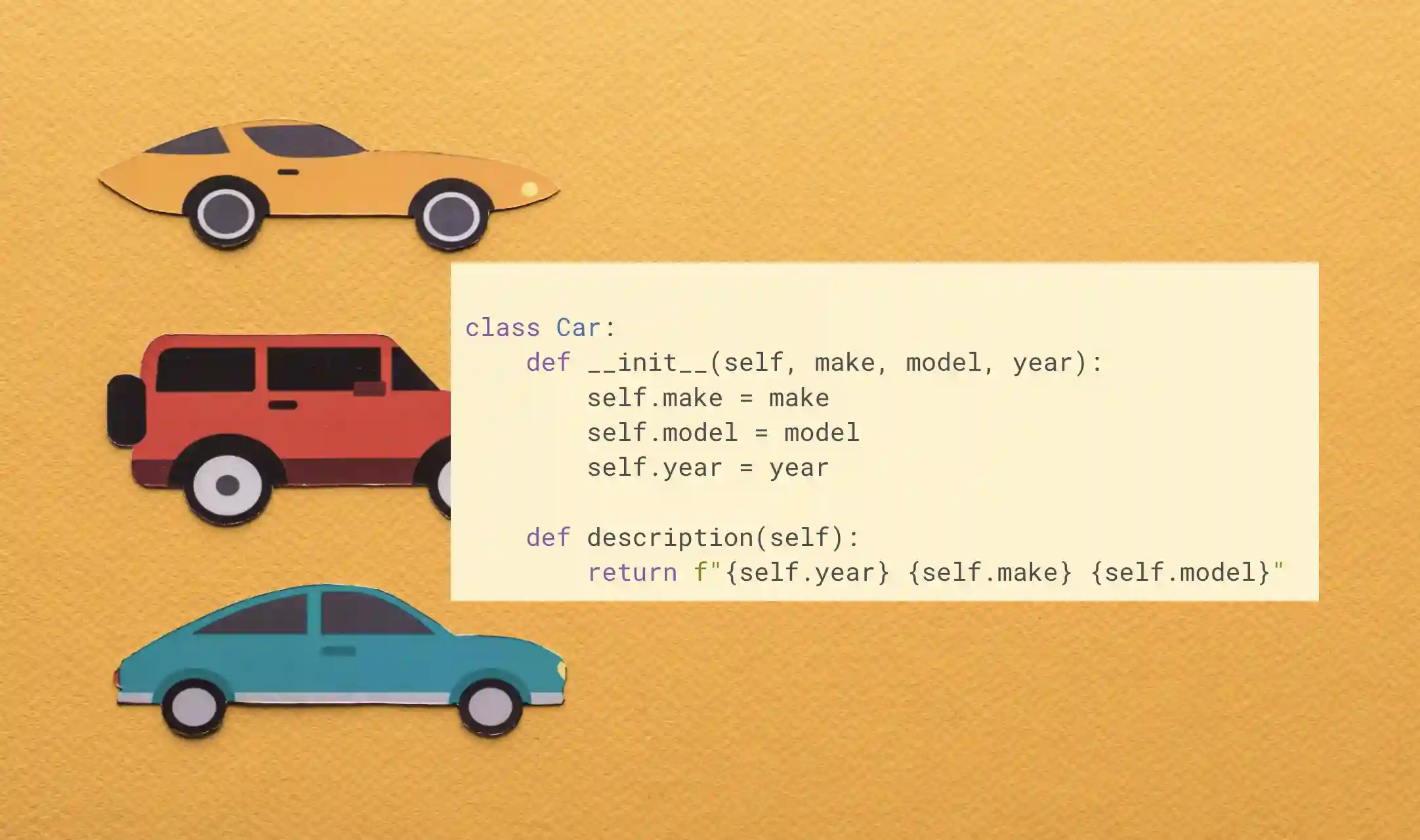
Making a class in Python
Understand how to create and use classes in Python with detailed examples, including syntax, structure, and practical applications!

How to detect the end of a loop in Python
Discover practical methods to identify when a Python loop reaches its last iteration, and what you can do with this ability!

How to generate a random 4-digit number in Javascript or Python
Explore 3 easy ways to generate random 4-digit numbers in Javascript and Python!
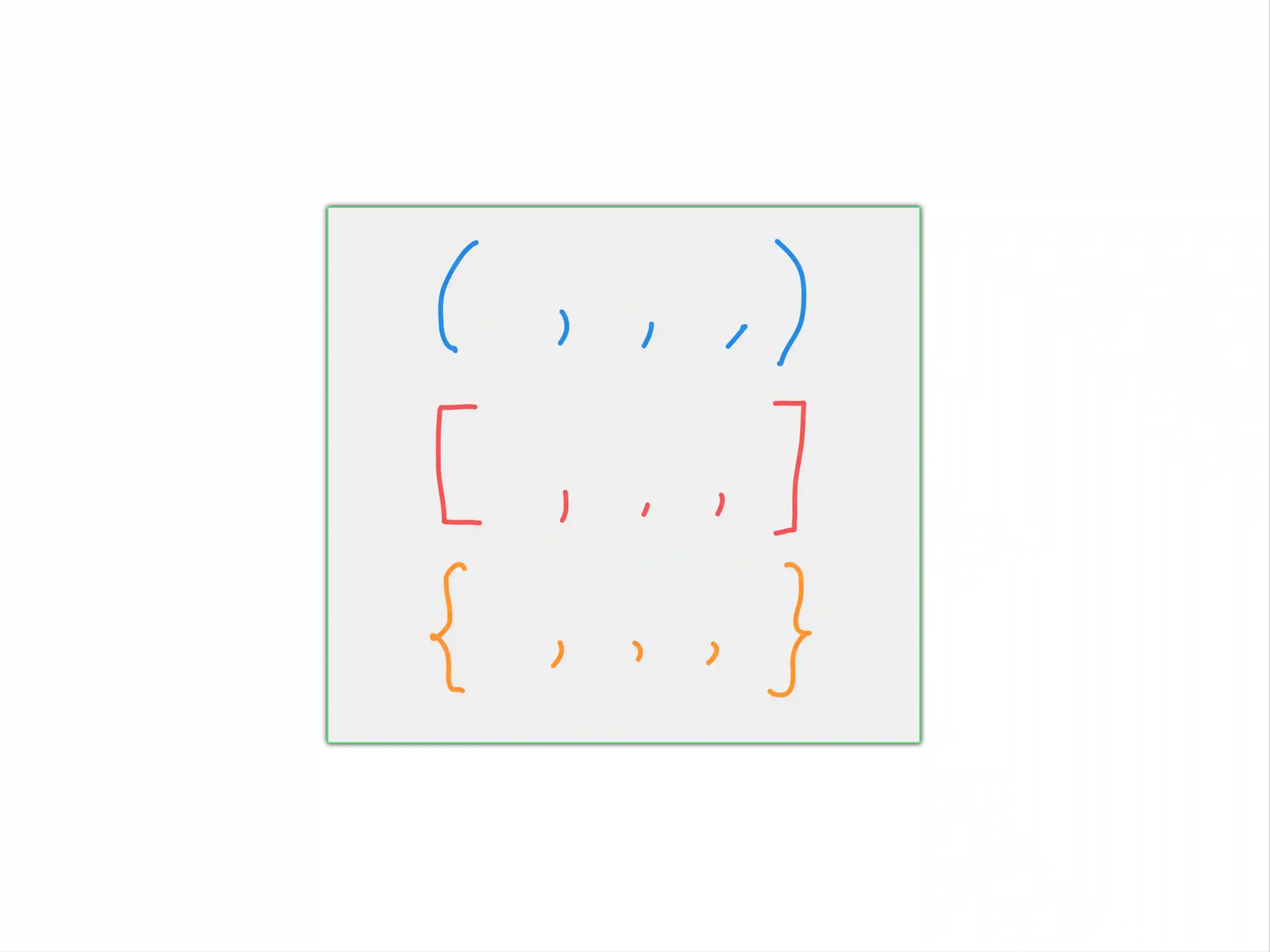
Brackets in Python
Did you know Python has three types of brackets? Learn what they are meant for!
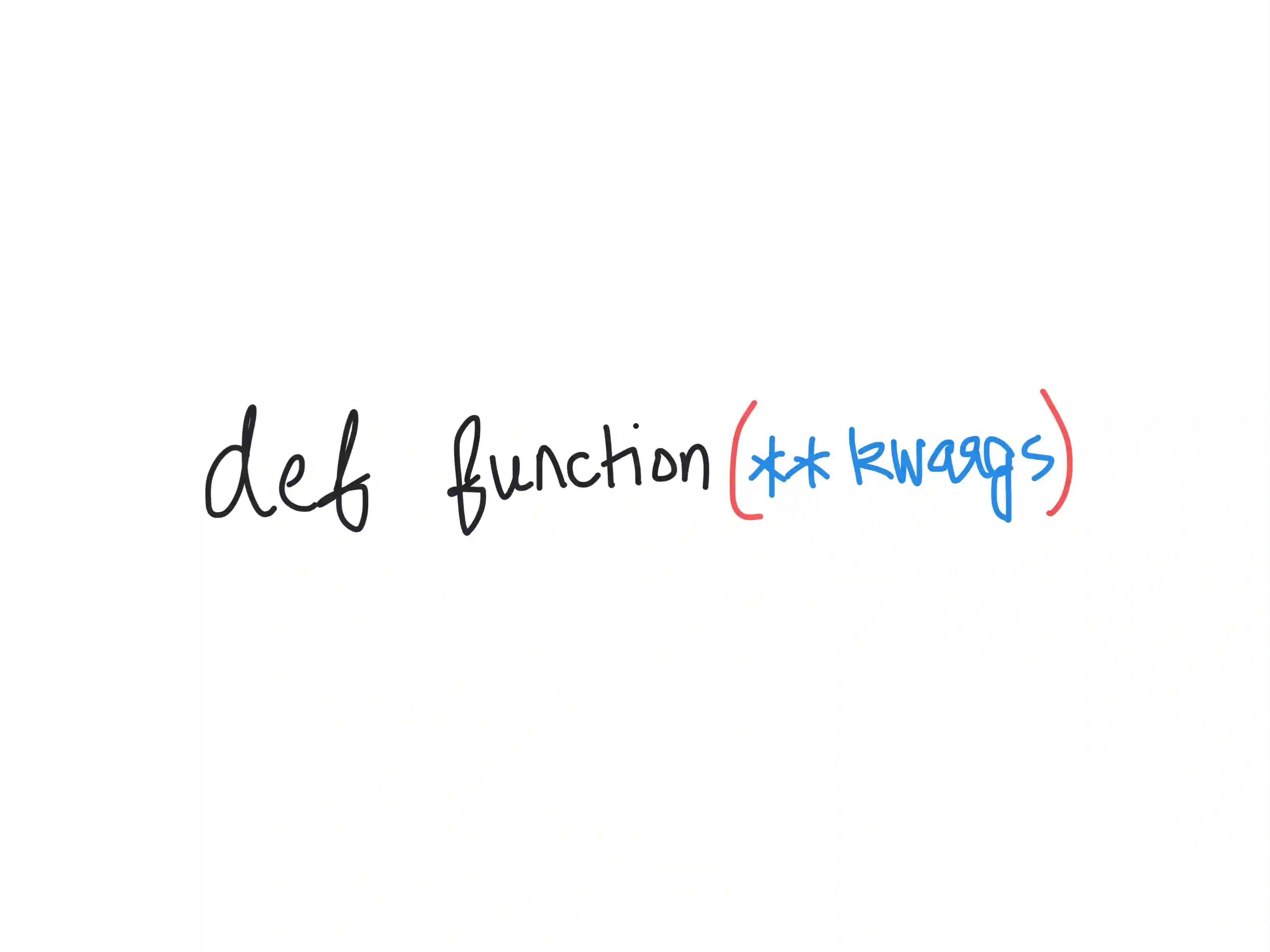
How to set local variables from Python from Keyword Arguments
Discover how **kwargs enables you to deal with an unpredictable number of keyword arguments, and helps future-proof your Python functions!

How to get the index of an item in a Python list
Learn three efficient ways to find the index of an item in a Python list and when to use which approach!